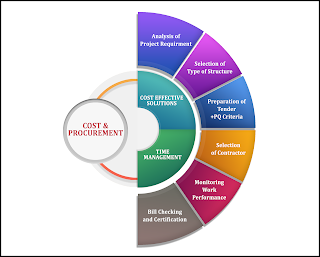Equipotential Bonding

Equipotential Bonding ( EPB ) for connecting all Metal/conductive parts together Equipotential Bonding “Equipotential Bonding” itself explain its meaning, Equivalent (Equal) – Potential (Voltage)”. In Electrical system Earthing and EPB (Equipotential Bonding) plays very important role for safety and reliability of system. We all know significance of Earthing but in our regular practice, Equipotential Bonding have been overlooked. This article will describe Equipotential Bonding and its significance. EPB is nothing but connecting all Metal/conductive parts together with low resistive path to earth. In earthing system, all electrical equipments or any other current carrying parts are connected to earthing network while in EPB, even Non-Electrical Metallic equipment like building column, reinforcement, Roof, Pipes, Enclosures, Gates, etc. are being connected to earthing system with low resistive path. EPB is part of earthing system, lightning protection and surge prote


